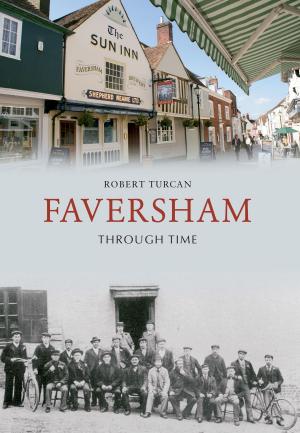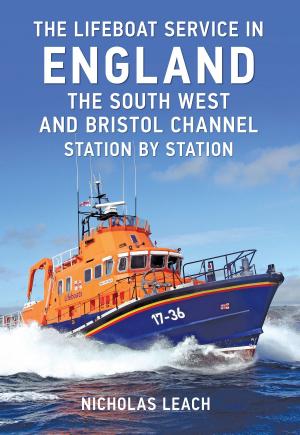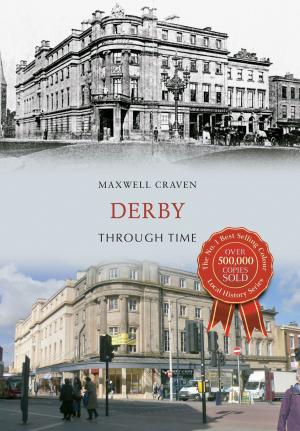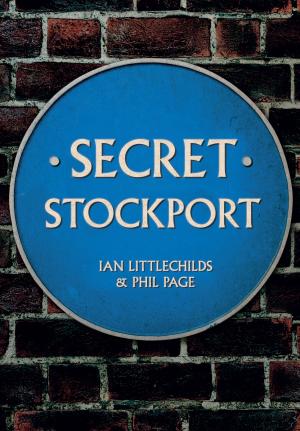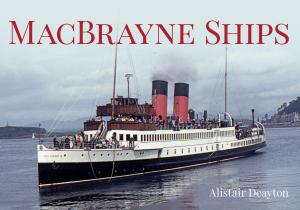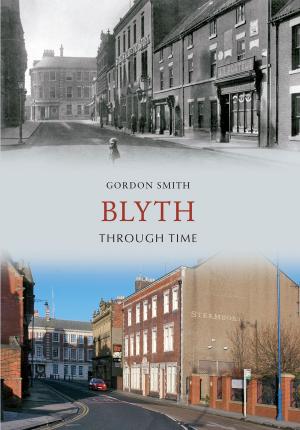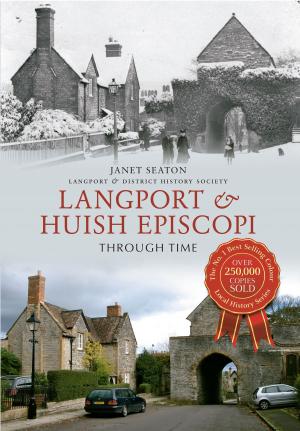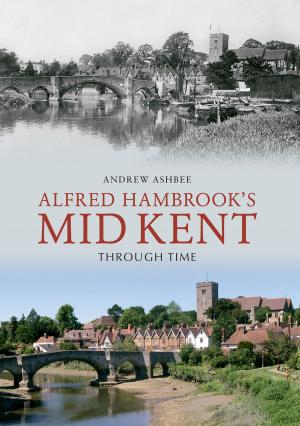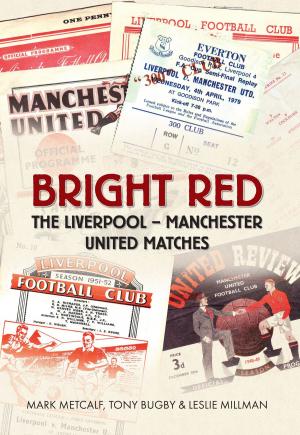| Author: | Chris Witts | ISBN: | 9781445669038 |
| Publisher: | Amberley Publishing | Publication: | August 15, 2017 |
| Imprint: | Amberley Publishing | Language: | English |
| Author: | Chris Witts |
| ISBN: | 9781445669038 |
| Publisher: | Amberley Publishing |
| Publication: | August 15, 2017 |
| Imprint: | Amberley Publishing |
| Language: | English |
With its powerful tides and one of the highest tidal ranges in the world, the Severn Estuary was a barrier between two nations – until the Severn Bridge was opened in 1966, the only way to cross the Severn Estuary was by ferry or railway tunnel. In the nineteenth century Thomas Telford spoke of bridging the estuary, which at that time was too expensive and dangerous. Thus, the railway tunnel was built instead. The Old Passage Severn Ferry Co. Ltd operated from Aust to Beachley from 1926 until the Severn Bridge opened. Motorists faced either waiting while queuing to join the ferry or an arduous 60-mile road journey via Gloucester. In 1958 a decision was taken to commence work to build a bridge between Aust and Beachley. Construction began on the Severn Bridge, the design of which has shown itself to be so reliable it has been copied around the world. As traffic increased, it became apparent that a new bridge was needed. In 1996 the Second Severn Crossing was opened, with the distinction of being the longest river crossing in Britain. Today we have two magnificent bridges crossing this wide estuary: the Severn Bridge and the Second Severn Crossing. With a wonderful array of rare and unpublished images, Severn expert Chris Witts celebrates this phenomenal feat of engineering.
With its powerful tides and one of the highest tidal ranges in the world, the Severn Estuary was a barrier between two nations – until the Severn Bridge was opened in 1966, the only way to cross the Severn Estuary was by ferry or railway tunnel. In the nineteenth century Thomas Telford spoke of bridging the estuary, which at that time was too expensive and dangerous. Thus, the railway tunnel was built instead. The Old Passage Severn Ferry Co. Ltd operated from Aust to Beachley from 1926 until the Severn Bridge opened. Motorists faced either waiting while queuing to join the ferry or an arduous 60-mile road journey via Gloucester. In 1958 a decision was taken to commence work to build a bridge between Aust and Beachley. Construction began on the Severn Bridge, the design of which has shown itself to be so reliable it has been copied around the world. As traffic increased, it became apparent that a new bridge was needed. In 1996 the Second Severn Crossing was opened, with the distinction of being the longest river crossing in Britain. Today we have two magnificent bridges crossing this wide estuary: the Severn Bridge and the Second Severn Crossing. With a wonderful array of rare and unpublished images, Severn expert Chris Witts celebrates this phenomenal feat of engineering.

